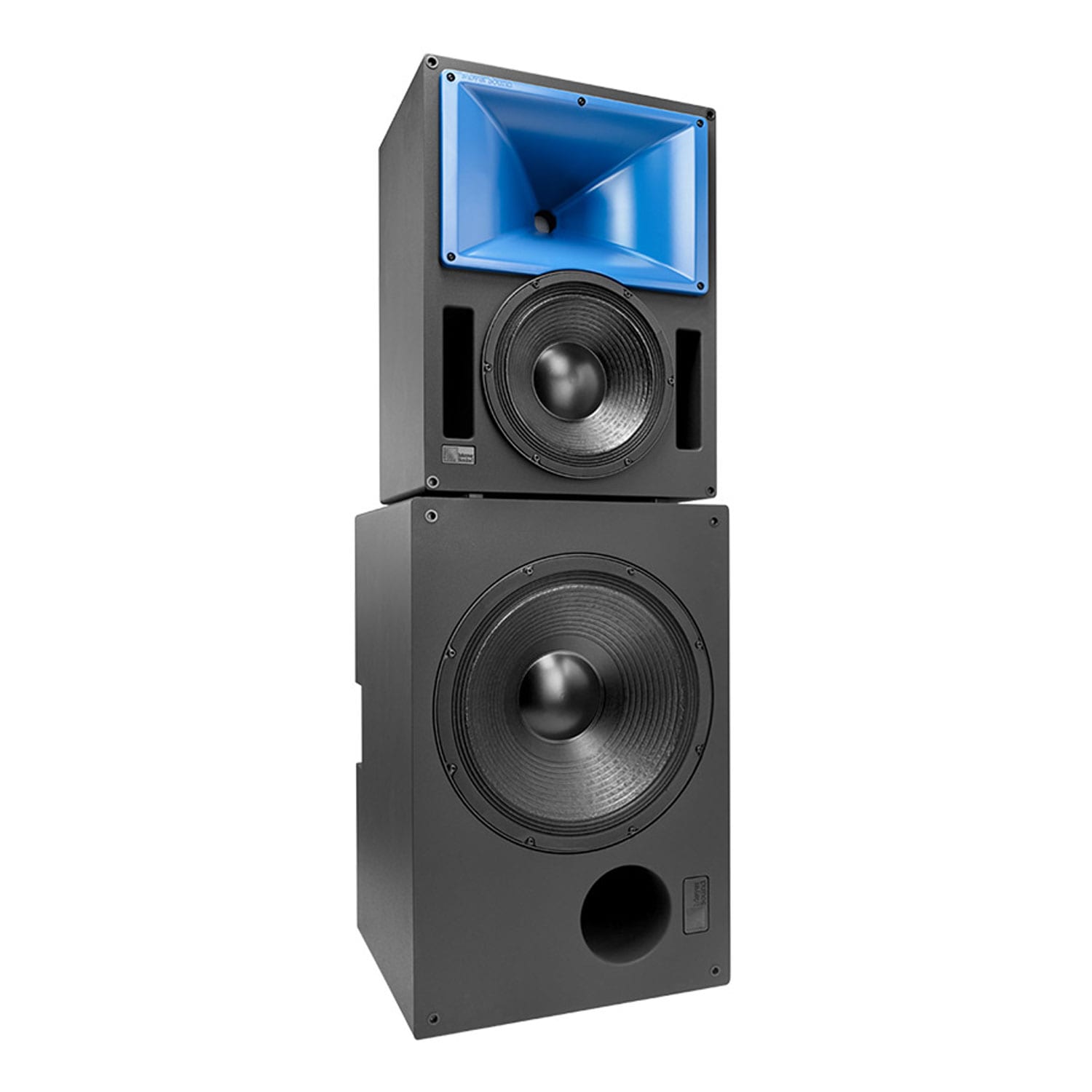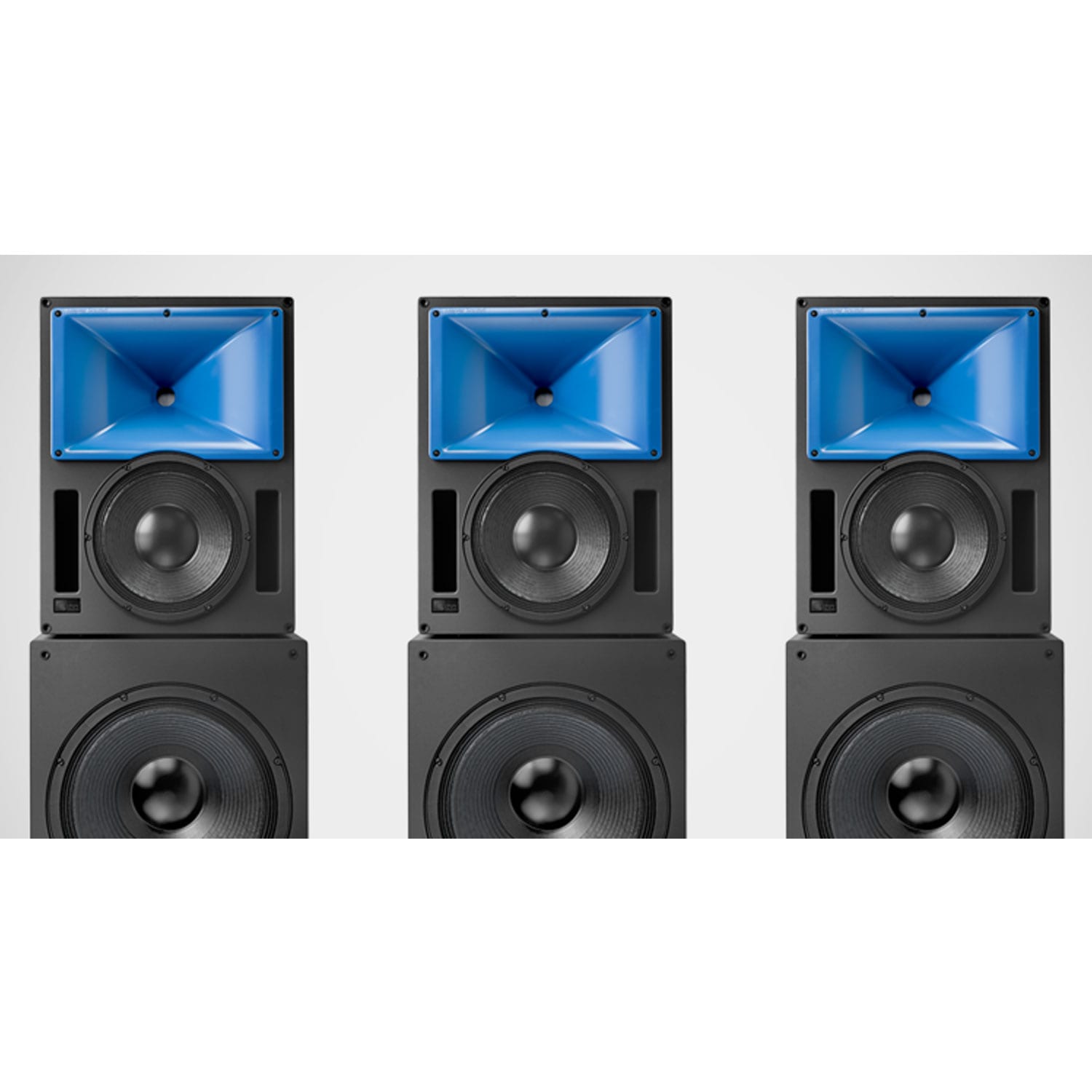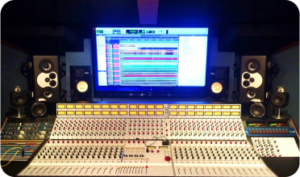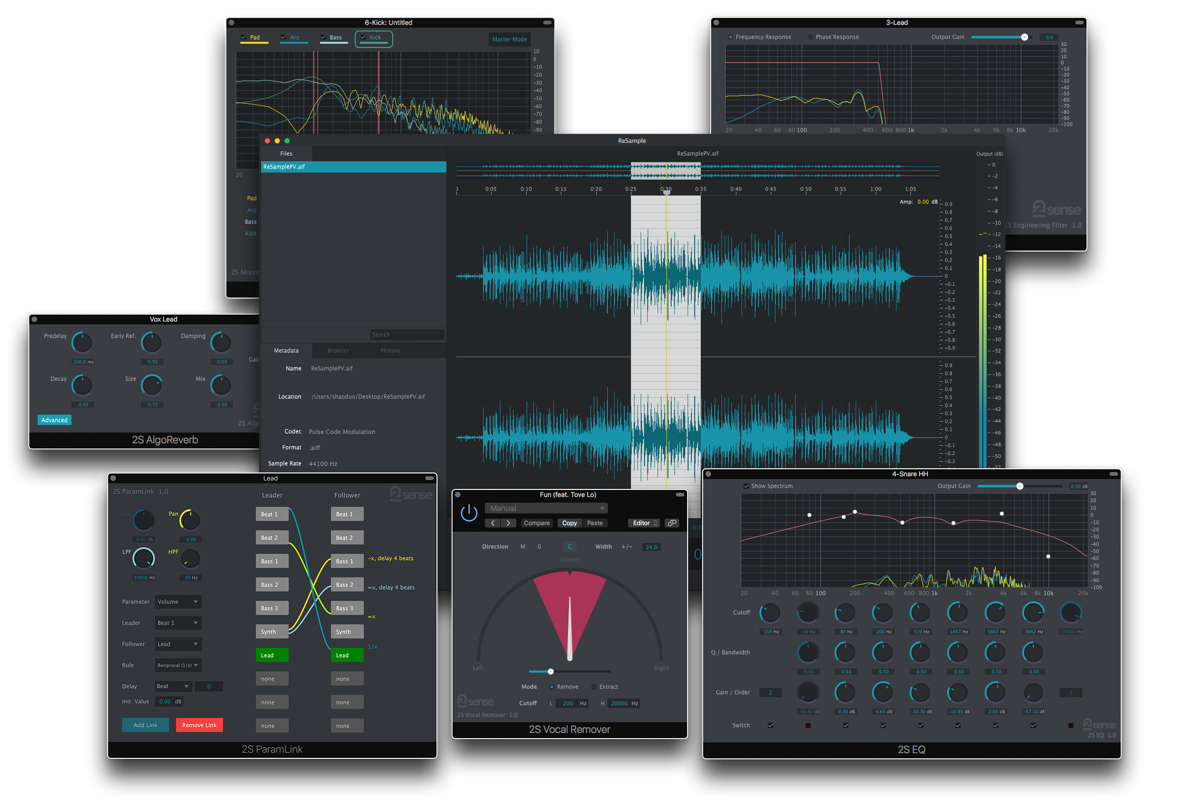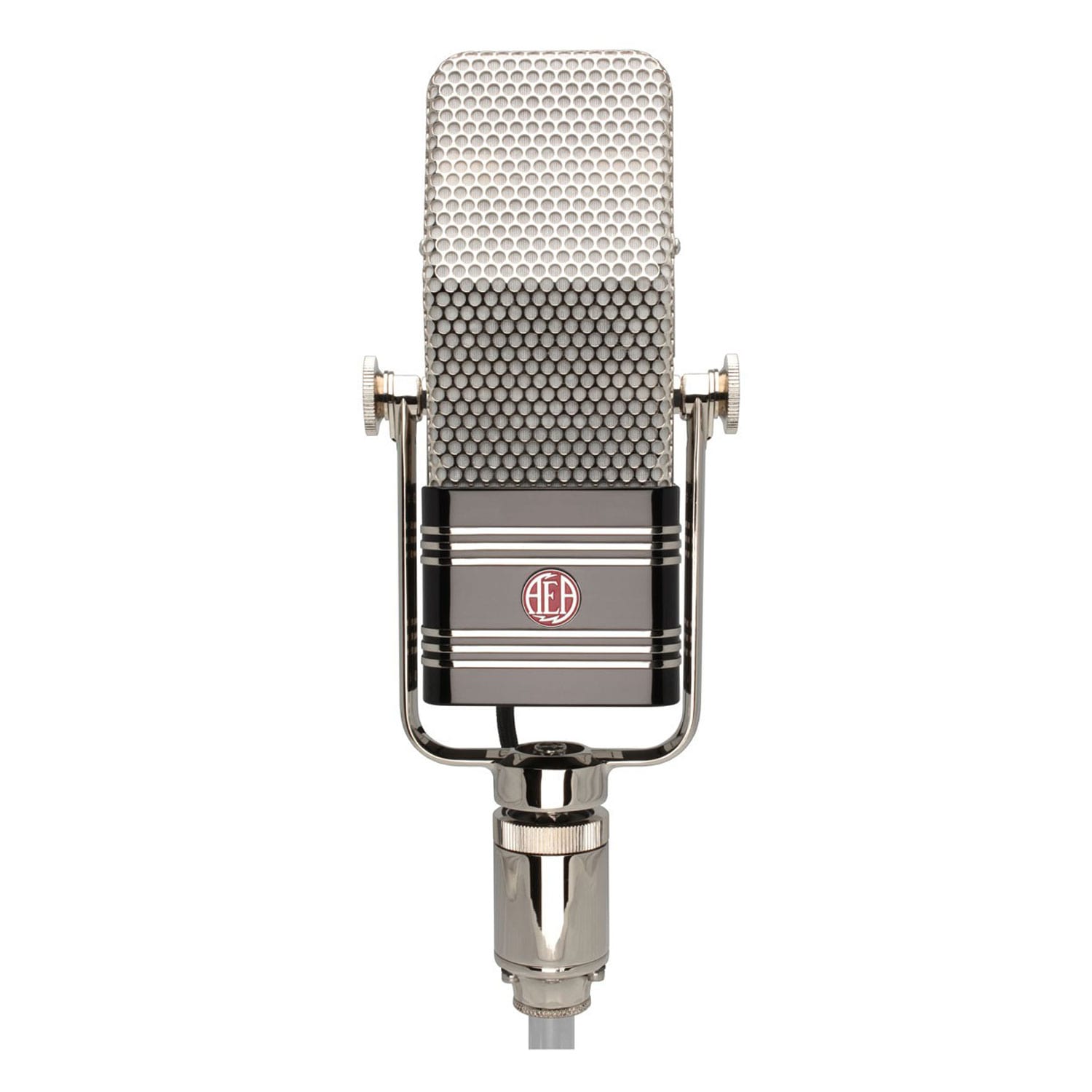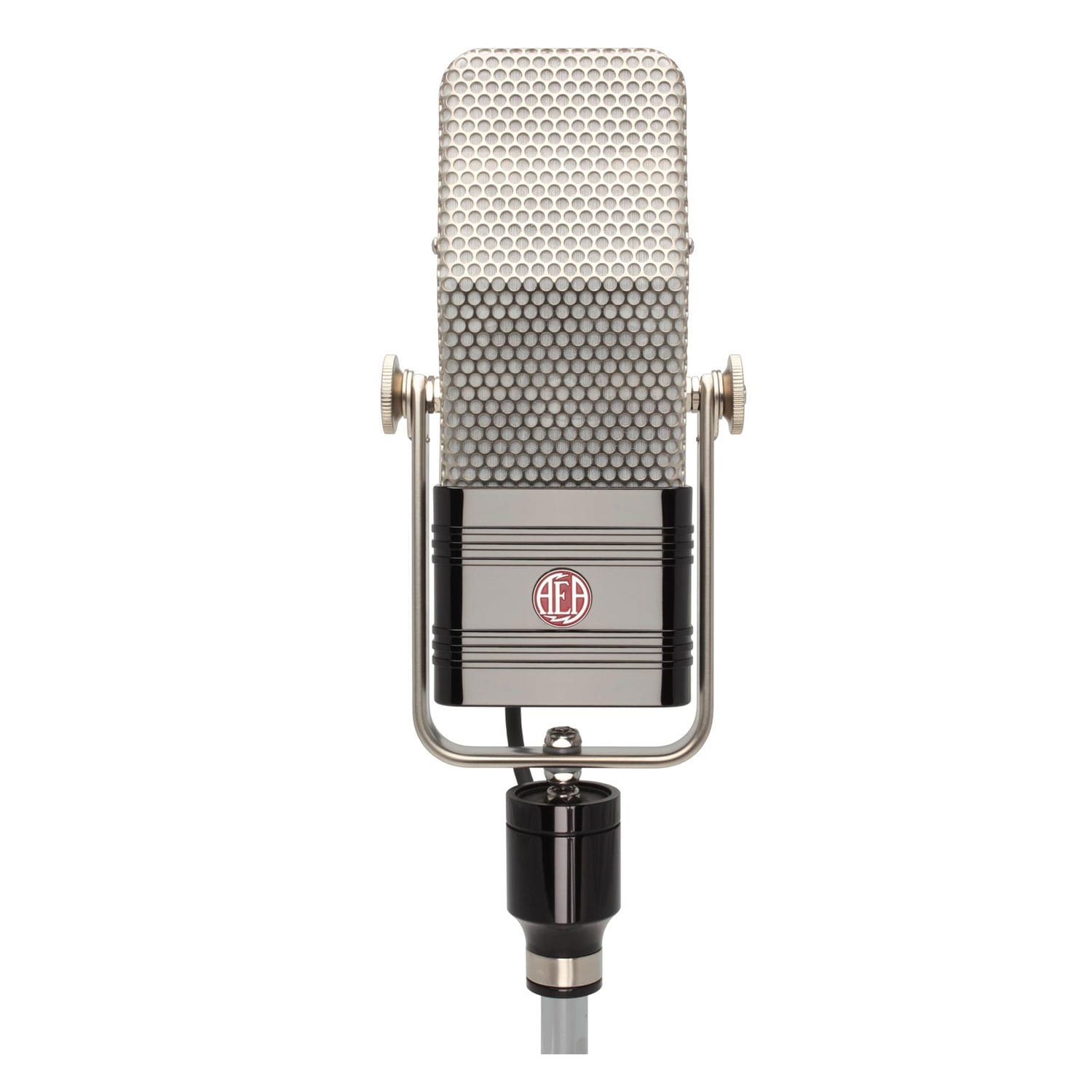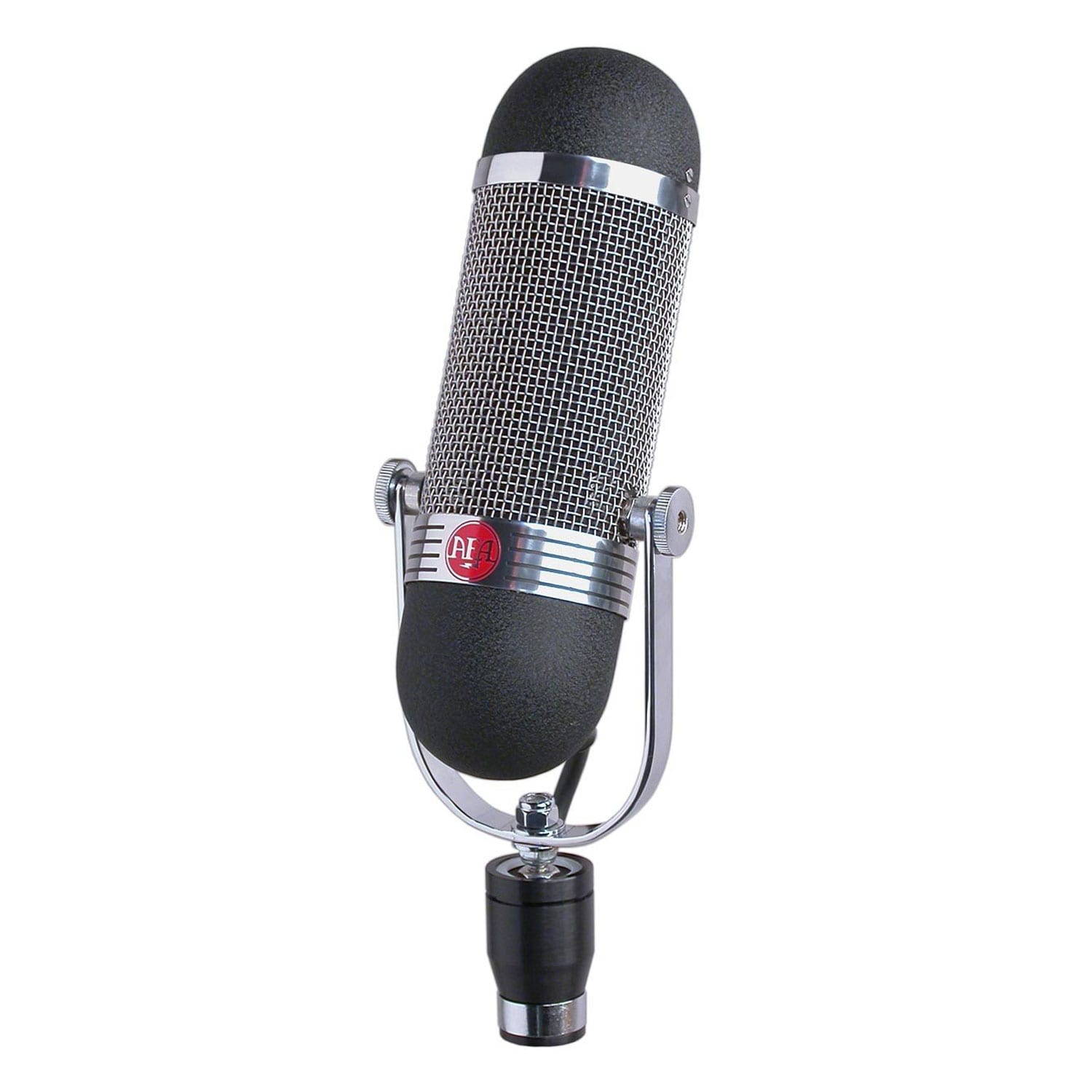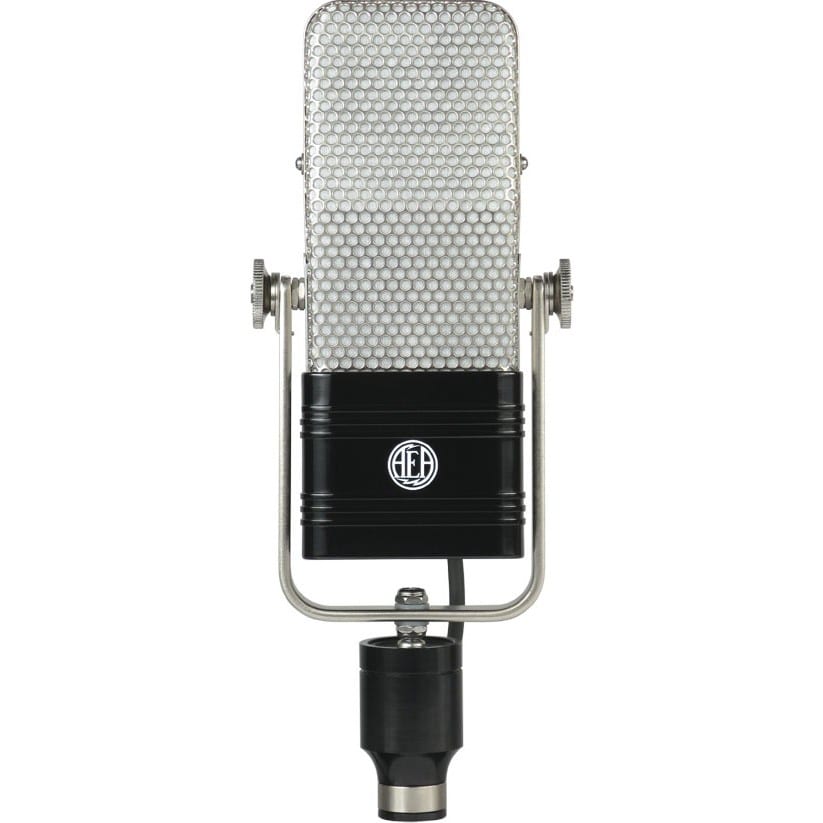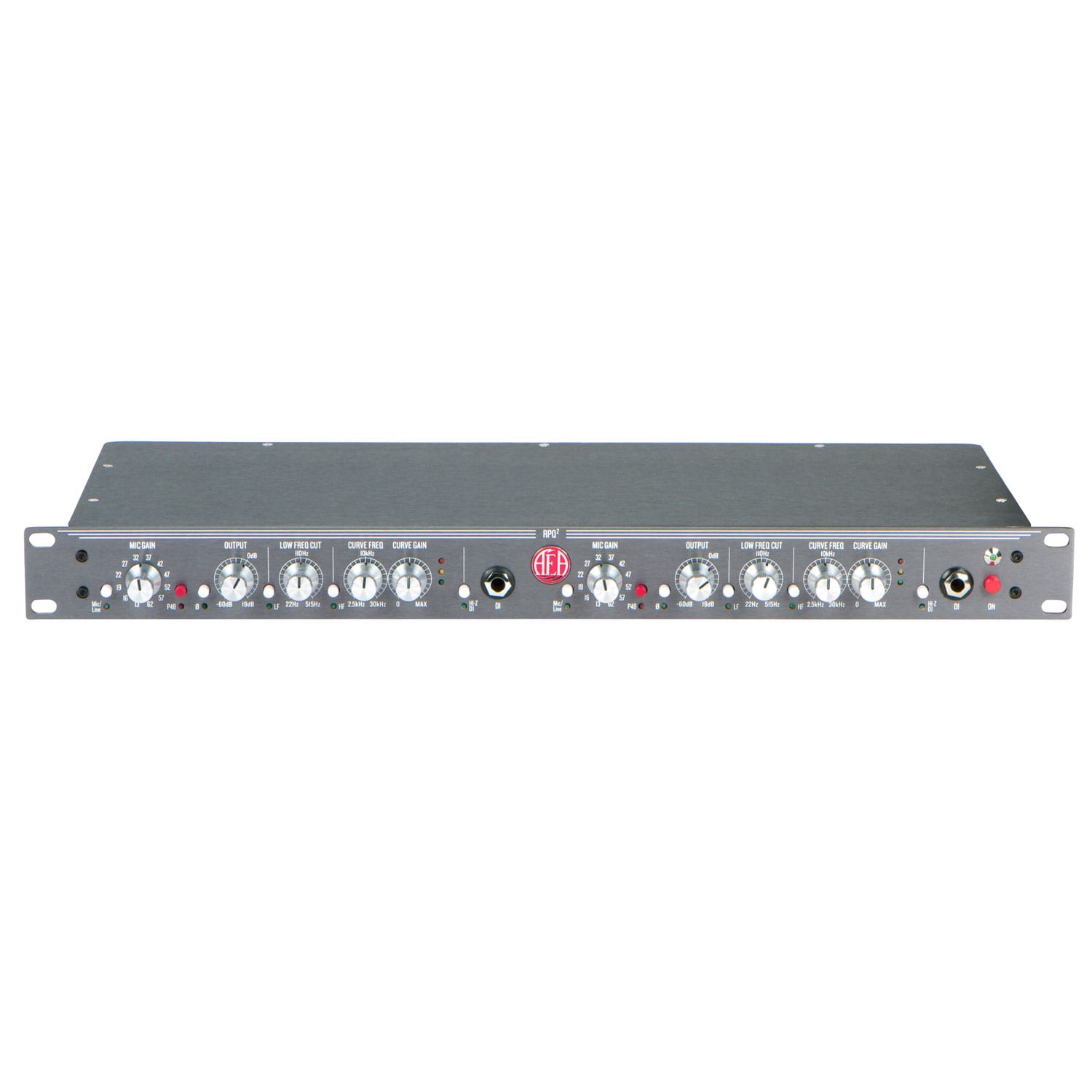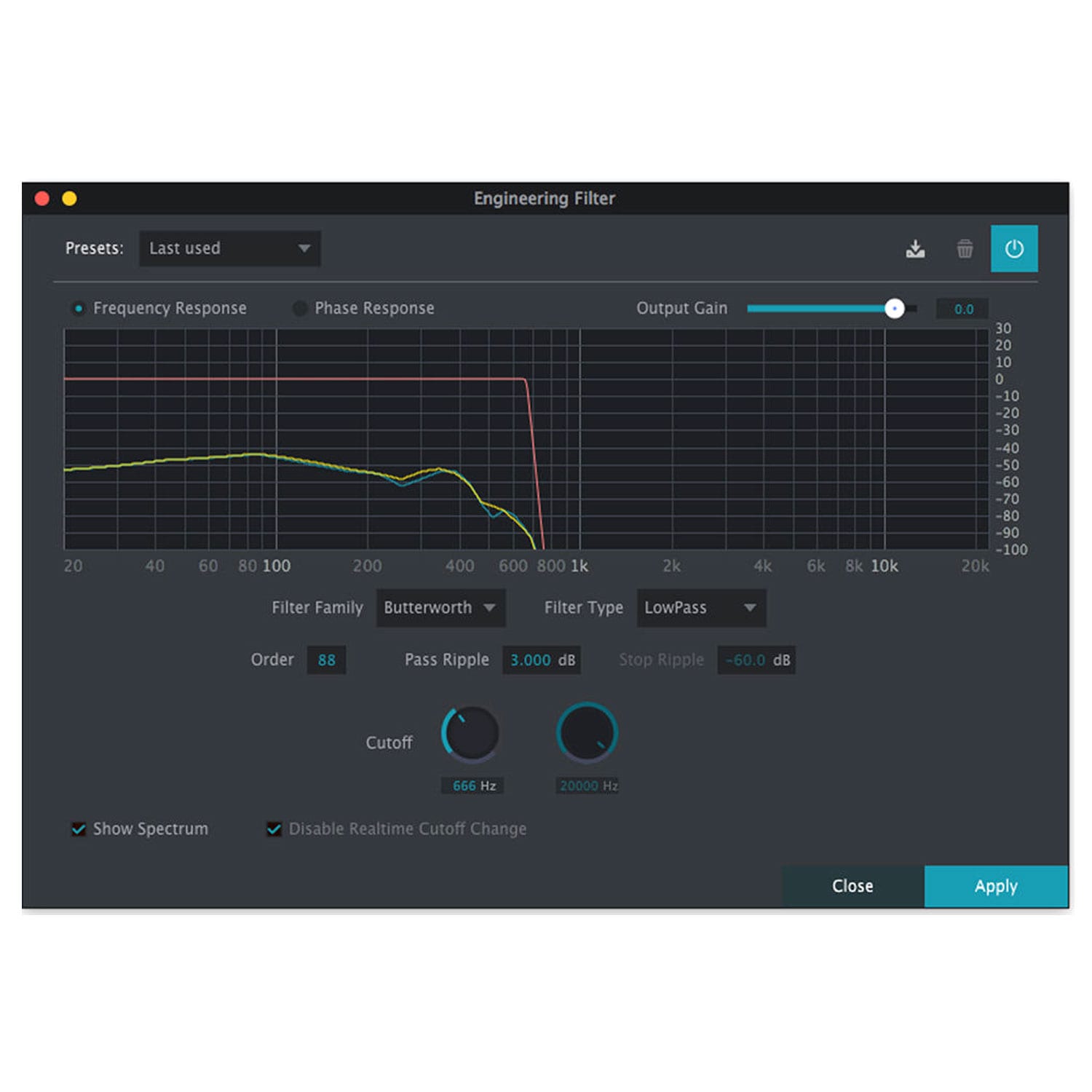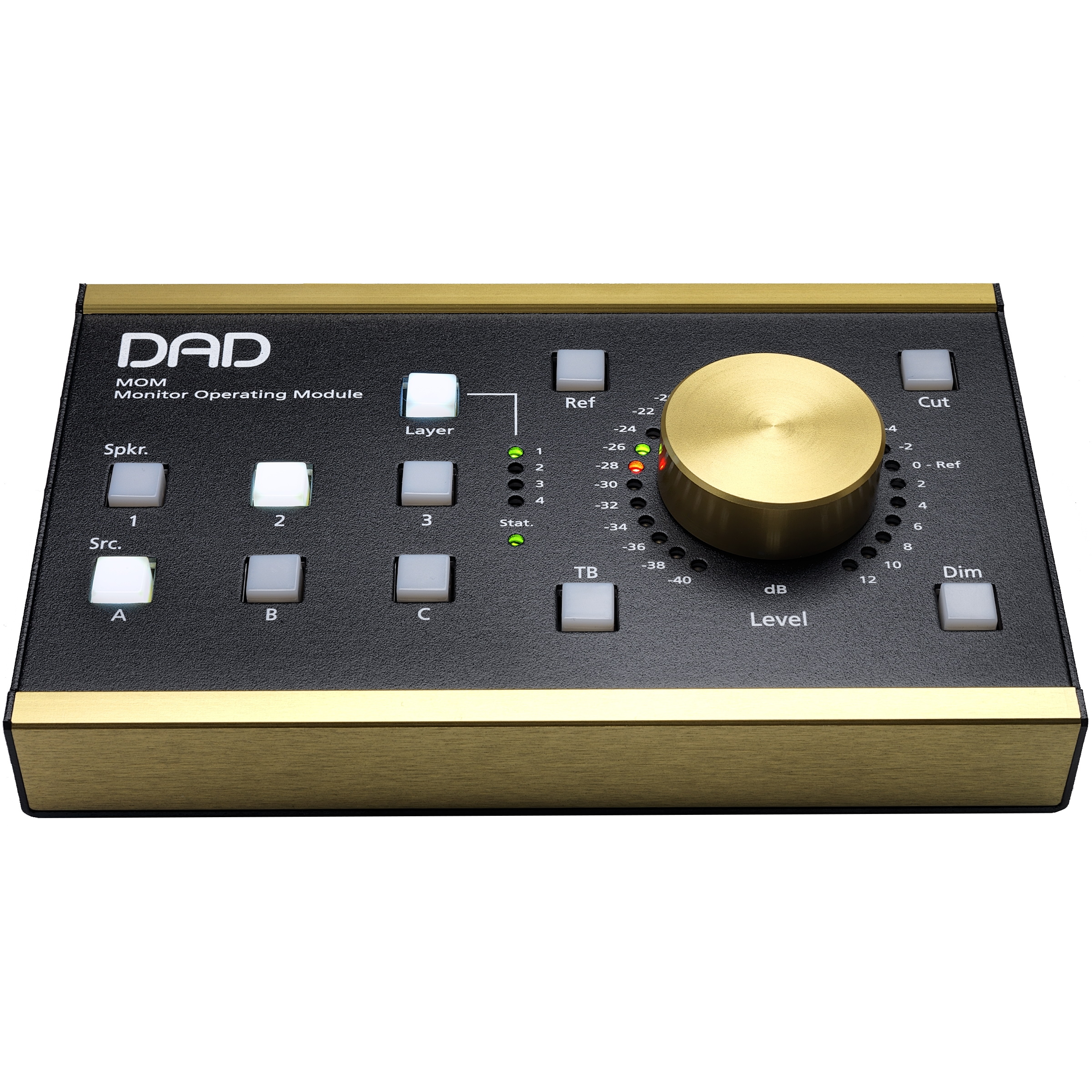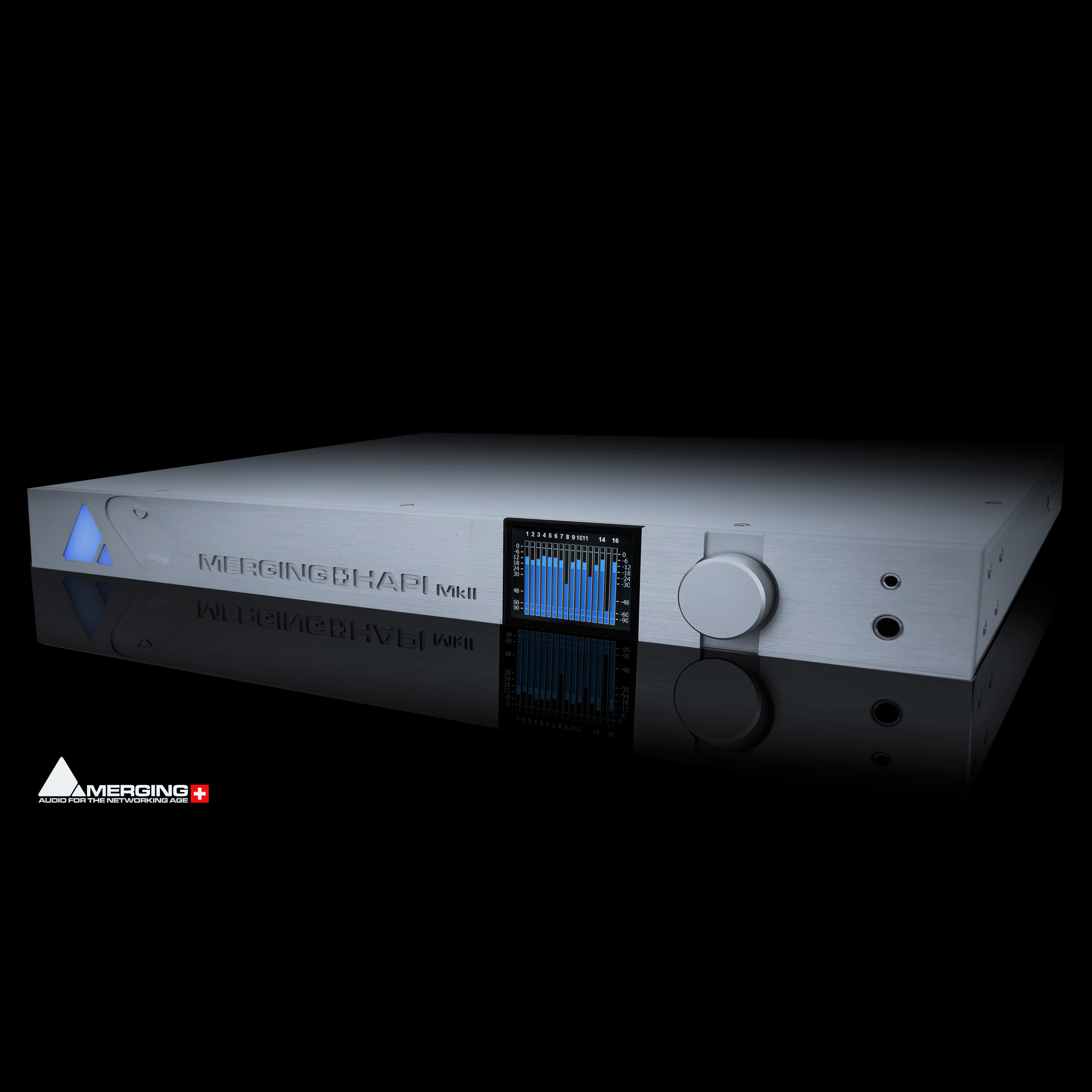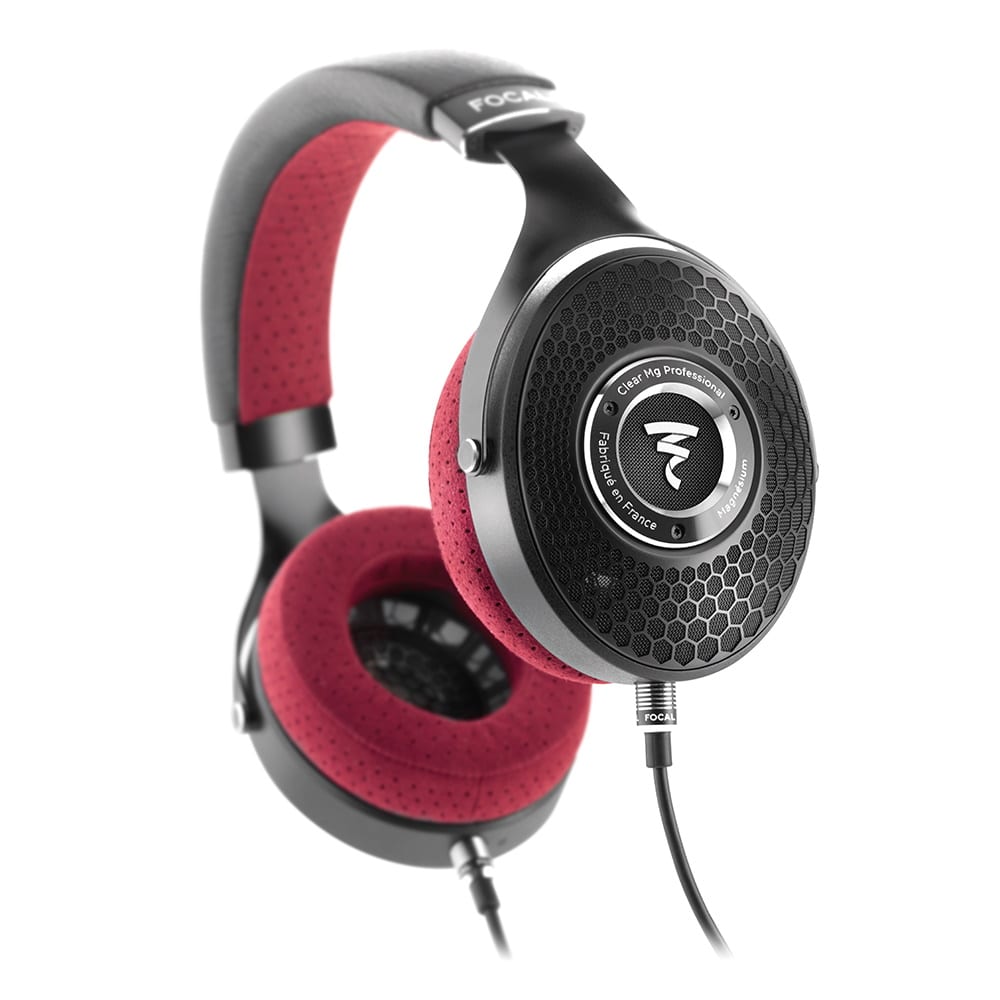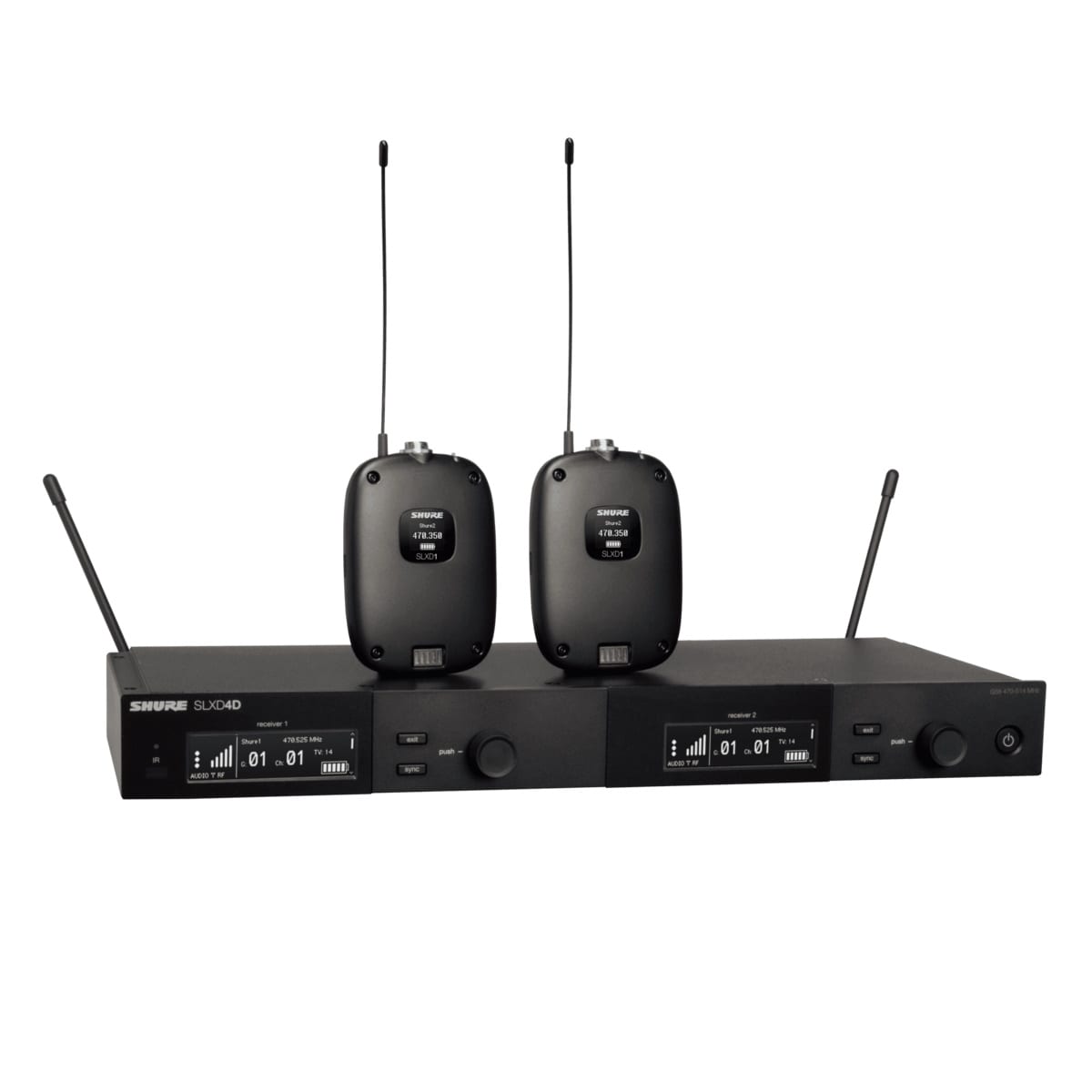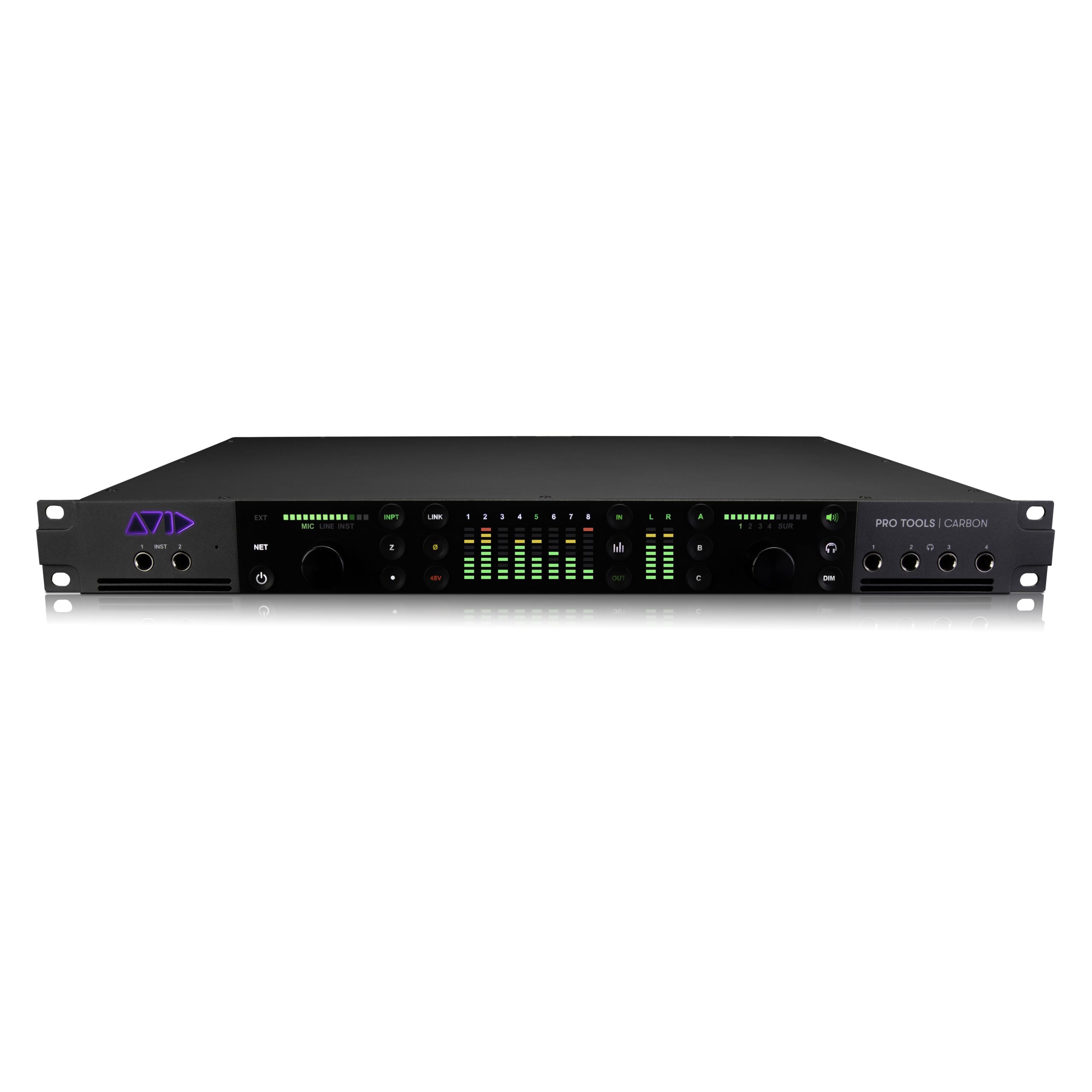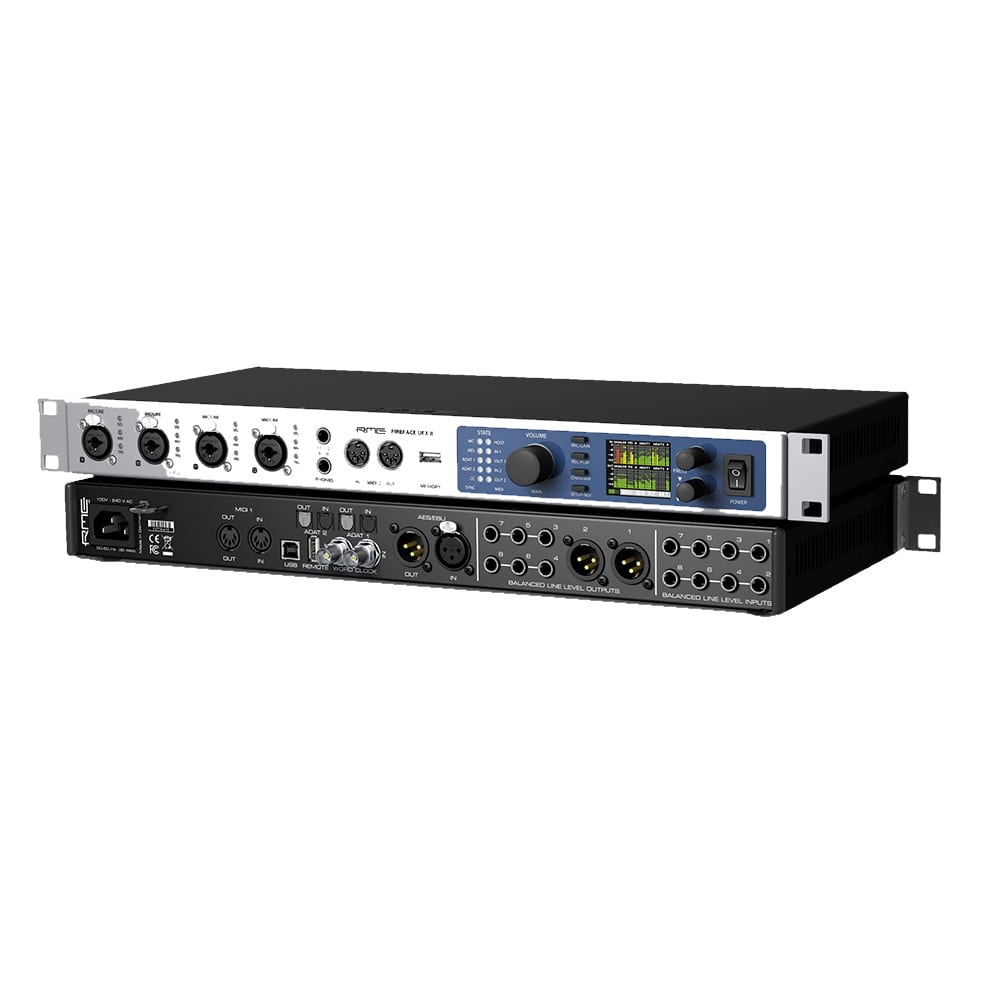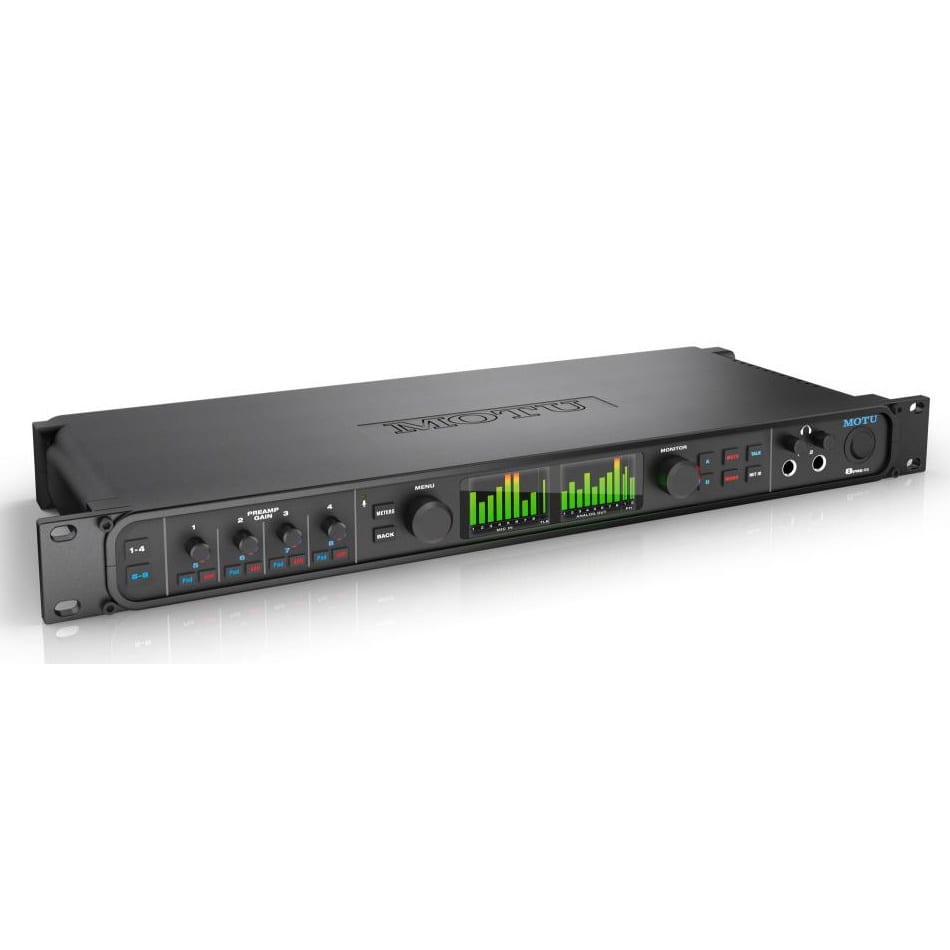Description
The Meyer Sound Bluehorn System features proprietary DSP that provides full bandwidth monitoring with absolutely flat phase response for stunningly realistic sound reproduction
Real-world audio electronics and physics often find themselves at odds, particularly when it comes to loudspeaker reproduction. One major area of focus in loudspeaker response is phase coherency. Specifically, the time at which various frequencies show up to the party—there is no fashionably late in this case, just phase cancellation. Acoustical engineers and pro audio designers have theorized that a linear phase response beyond 20kHz has a pronounced effect in the audible spectrum, creating a greater sense of realism and spatialization. After six-plus years exploring that premise, Meyer Sound research confirmed that phase relationships in complex signals are critical not only in resolving subtle details and timbral nuances, but also in reproducing an almost palpable sense of acoustical space. The result of those efforts is the Meyer Sound Bluehorn System, which has eliminated the tradeoffs and compromises inherent in loudspeaker design. The Bluehorn System achieves full-bandwidth monitoring with absolutely flat amplitude and phase response.
Meyer Sound Bluehorn System—At a Glance:
- Patented digital signal processing algorithms provide full-bandwidth (25 Hz to 22 kHz) phase correction
- Linear frequency response from 25Hz to 22kHz
- Replicates the input signal precisely in every dimension: frequency, amplitude, and time relationships between frequencies
- Consistent and accurate system results—no guess work, because the dedicated Bluehorn 816 processing unit includes all the active correction filters to drive the system.
- Overall system latency of < 50ms. Notably fast for the amount of processing needed for phase correction down to 25Hz
- Highly advanced DSP module with proprietary phase-correction algorithms
- Three-dimensional acoustic ambience well beyond conventional monitoring systems
- Designed for high-resolution monitoring in mid-sized rooms for music recording, cinema post-production, and mastering
- Three-way system incorporates the latest driver, processing, and amplifier technologies from Meyer Sound’s Cinema Series, LEO Family line-array loudspeakers, and Galileo GALAXY processors
- Built for critical monitoring in medium-sized rooms
Meyer Sound Bluehorn System—Parsing the Details
Restoring phase relationships with cutting-edge DSP
When reproducing complex sounds, pattern relationships matter just as much as amplitude and frequency. If one frequency band is delayed, or offset in relationship to the others, phase shift occurs. A signal that’s -3dB at 25kHz can exhibit a measured in-band phase shift of roughly -50 degrees (10kHz!). When the -3dB point is extended to 250kHz, in-band phase shift is reduced to less than 1 degree. Perfectly linear acoustical output requires phase re-alignment of the input signal. But thanks to the laws of physics, even the most accurate acoustic systems have introduced phase anomalies—until the arrival of the Bluehorn System.
Unique to Bluehorn is the dedicated and highly advanced DSP module processor that sits in front of both the mid-high loudspeaker and the companion low-frequency cabinet. Proprietary phase-correcting algorithms model system behavior and restore original frequency band relationships, while introducing minimal latency.
The system-specific correction algorithms hosted by the processor were developed by meticulously analyzing all physical and electrical nonlinearities throughout the entire system, from 25Hz to 20kHz, in order to bring acoustic output at any level into absolute phase and frequency alignment with the input signal. Essentially, the processing nullifies the nonlinearities of drivers and enclosures, resulting in a phase-coherent response previously achieved only by open-air electrostatic headphones with their extremely low mass diaphragms.
Accuracy beyond conventional monitoring systems
The accuracy, detail, and uncanny sense of three-dimensional acoustic ambience at any output level are well beyond conventional monitoring systems. Yet the Bluehorn System has no “sound” of its own. It’s not designed to modify or color the sound in a way that might be pleasing to some listeners. It has no distinctive acoustical characteristic, no built-in “room sound.”
Practiced listeners have been unanimous in their praise. One leading Hollywood scoring mixer, who used a Bluehorn System for a recent major release, remarked that “for the first time I’m hearing exactly what I’m recording.” Other studio professionals have commented on the wide sweet spot and the faithful reproduction of complex midrange information, such as acoustic grand piano.
High-resolution monitoring
The Bluehorn System is designed with acoustic transparency in mind: Advanced driver mechanics and alignment technology, along with precision tuning, minimize phase anomalies that can color your sound. It all adds up to unprecedented accuracy and detail. Externally, Bluehorn shares the same cabinet footprint, driver dimensions and waveguide configuration as Meyer Sound’s Acheron Designer loudspeaker. On the inside, however, Bluehorn utilizes an upgraded HF driver and new amplifiers with ultra-low noise and distortion. Configured as a three-way system, The Bluehorn System incorporates the latest driver, processing, and amplifier technologies from Meyer Sound’s Cinema Series, LEO Family of line array loudspeakers, and Galileo GALAXY processors. Complete Bluehorn Systems are available in either stereo or LCR configurations, with each channel comprising a two-way mid-high loudspeaker, a separate low frequency element, and dedicated digital processing.
Bluehorn System applications
Bluehorn is designed for high-resolution monitoring in mid-sized rooms. Applications include music recording, cinema post-production, music mastering, or any other critical monitoring task that requires impeccable accuracy in sound reproduction.
- Music mastering, recording and mixing
- Film sound design, score recording and mixing
- Film/video post-production
- Media content creation
- Research/acoustics reference and measurement source
- Screening rooms and quality control suites
- Home Cinema
- Hi-fi
What the professionals are saying about Bluehorn
In his cinema work, John Powell first used the Bluehorn Systems for mixing music for Jason Bourne, the latest in the Bourne series of spy thrillers.
“For the work that I do, I need monitor loudspeakers that do not flatter the music at all. I need to hear exactly what is going on in an unbiased way. I have no time when working to enjoy what we did right; I need to hear when things are wrong so we can fix them, and I can hear those problems better with the Bluehorns. I need to be confident that everything is in its proper place, because then the music translates smoothly as we move through to the final mix.” — John Powell, film composer
With the Meyer Sound Bluehorn System, there are no tradeoffs or compromises—just the sound you recorded, exactly as you recorded it. For more information, call or chat online with your Parsons Audio Sales Representative today.
Bluehorn And Bluehorn Subwoofer Specifications (Bluehorn 816 Processor Required):
Acoustical
- Operating Frequency Range1: 20Hz – 22kHz
- Frequency Response2: 22Hz – 22kHz ±4dB
- Phase Response: 25 Hz – 22 kHz ±45°
- Linear Peak SPL3: 130dB (M-noise), 127dB (Pink noise), 129dB (B-noise)
Coverage
- Horizontal Coverage: 80°
- Vertical Coverage: 50°
Transducers
- Low Frequency: One 18″ cone driver; nominal impedance: 4 ohm
- Low Frequency: One 12″ cone driver; nominal impedance: 2 ohm
- High Frequency: One 4″ diaphragm compression driver; nominal impedance: 12 ohm
Audio Input
- Type: Differential, electronically balanced
- Connectors: XLR 3-pin female input with male XLR loop output
- Input Impedance: 10k ohm differential between pins 2 and 3
- Nominal Input Sensitivity: 10dBV (3.2 V RMS) continuous is typically the onset of limiting for noise and music
Wiring
- Pin 1: Chassis/earth through 1 kΩ, 1000 pF, 15 V clamp network to provide virtual ground lift at audio frequencies
- Pin 2: Signal +
- Pin 3: Signal –
- Case: Earth ground and chassis
Amplifier
- Type: Class D, 2-channel (Bluehorn); 1-channel (Bluehorn Subwoofer)
- Total Output Power4: 1,300W peak (Bluehorn); 900W peak (Bluehorn Subwoofer)
- THD, IM, TIM: < 0.02%
- Cooling: Convection, with recessed heat sink
Ac Power
- Connectors: powerCON 20-input with loop output to loop between the Bluehorn and the Bluehorn Subwoofer
- Voltage Selection: Automatic, continuous from 90–265V AC
- Safety Rated Voltage Range: 100–240V AC, 50–60Hz
- Turn-on/off Points: 90 V AC turn-on, no turn-off; internal fuse-protection above 265 V AC
Current Draw Bluehorn
- Bluehorn Idle Current: 0.23A RMS (115 V AC); 0.19A RMS (230V AC); 0.24A RMS (100V AC)
- Bluehorn Subwoofer Idle Current: 0.26A RMS (115V AC); 0.16A RMS (230V AC); 0.30A RMS (100V AC)
- Bluehorn Max Long-Term Continuous Current (>10 sec): 1.58A RMS (115V AC); 0.83A RMS (230V AC); 1.78A RMS (100V AC)
- Bluehorn Subwoofer Max Long-Term Continuous Current (>10 sec): 1.4A RMS (115V AC); 0.7A RMS (230V AC); 1.6A RMS (100V AC)
- Bluehorn Burst Current (<1 sec)5: 3.1A RMS (115V AC), 1.4A RMS (230V AC), 3.6A RMS (100V AC)
- Bluehorn Subwoofer Burst Current (<1 sec)6: 2.7A RMS (115V AC), 1.1A RMS (230V AC), 3.0A RMS (100V AC)
- Bluehorn Ultimate Short-Term Peak Current: 12.0A peak (115V AC), 8.0A peak (230V AC), 12.4A peak (100V AC)
- Bluehorn Subwoofer Ultimate Short-Term Peak Current: 9.0A peak (115V AC), 6.0A peak (230V AC), 10.0A peak (100V AC)
- Bluehorn/Bluehorn Subwoofer Inrush Current: < 20.0A peak
RMS Network (Optional)
- Equipped with two-conductor twisted-pair network, reporting all operating parameters of amplifiers to system operator’s host computer
Dimensions Bluehorn (Approx.)
- Width: 19″ (482.6 mm)
- Height: 25-3/8″ (644.5 mm)
- Depth: 14-15/16″ (379.6 mm)
Dimensions Bluehorn Subwoofer (Approx.)
- Width: 20-5/8″ (524.5 mm)
- Height: 31″ (787.4 mm)
- Depth: 19-7/8″ (504.2 mm)
Weight
- Total system: 162 lb. (73.5 kg)
- Bluehorn: 74 lb. (33.6 kg)
- Bluehorn Sub: 88 lb. (39.9 kg)
Enclosures
- Premium multi-ply birch, slightly textured black finish with black cloth protective grille frame
Notes:
- Recommended maximum operating frequency range. Response depends on loading conditions and room acoustics.
- Free field, measured with 1/3 octave frequency resolution at 4 meters; Bluehorn on top of Bluehorn Sub; units are coplanar and less than 12″ (30 cm) apart.
- Linear Peak SPL is measured in free-field at 4m referred to 1m. Loudspeaker SPL compression measured with M-noise at the onset of limiting, 2-hour duration, and 50-degree C ambient temperature is < 2dB.
- M-noise is a full-bandwidth (10Hz–22.5kHz) test signal developed by Meyer Sound to better measure the loudspeaker’s music performance. It has a constant instantaneous peak level in octave bands, a crest factor that increases with frequency, and a full bandwidth Peak to RMS ratio of 18dB.
- Pink noise is a full-bandwidth test signal with Peak to RMS ratio of 12.5dB.
- B-noise is a Meyer Sound test signal used to ensure measurements reflect system behavior when reproducing the most common input spectrum, and verify there is still headroom over pink noise.
- Peak power based on the maximum unclipped peak voltage the amplifier will produce into the nominal load impedance.
- AC power cabling must be of sufficient gauge so that under burst current RMS conditions, cable transmission losses do not cause the loudspeaker’s voltage to drop below the specified operating range.
Bluehorn 816 Processor Specifications:
Inputs
- Input Section: 8 analog/AES3 inputs (gold-plated XLR-F) or 8 AVB processed inputs (RJ-45 network ports); 3 inputs dedicated to Bluehorn loudspeakers, 5 assignable
- Maximum Input Level: + 16dBu or +26dBu into 10k ohm
- Metering: 4-segment LED ladder meters on each input
- Input Processing: Gain, 500ms delay range at each input (non-fading), 5-band parametric EQ, 5-band U-Shaping EQ
Outputs
- Output Section: 16 analog outputs (XLR-M), or 16 AVB outputs (RJ-45 network ports); 6 outputs dedicated to Bluehorn loudspeakers, 10 assignable
- Maximum Output Level: +16dBu or +26dBu into 50 ohm
- Metering: LED lights green to indicate signal presence; red LEDs for clipping on each output
- Output Processing: Gain, 2000ms delay range, polarity reversal, 10-band parametric EQ, 5-band U-Shaping EQ, delay integration, Low-Mid Beam Control, atmospheric correction, simultaneous low- and high-pass filters with slopes up to 48dB per octave.
Matrix1
- Summing Matrix: Sparse 32 x 16 summing matrix
- Delay Matrix: Sparse 32 x 16 tap Delay Matrix; 500ms total delay at each cross point (non-fading)
Processing
- Digital Conversion: 24-bit resolution, 96kHz sample rate
- Internal Processing: Up to 64 bits, 96kHz
- Processor: FPGA-based audio processing
Network Connectors
- Network Control: Two RJ-45 ports for audio and client control from a Mac or Windows-based computer
- AVB Network Audio2,3: 8 AVB processor inputs, 16 AVB processor outputs; AM824 non-blocking, asynchronous packetization at 24-bit/96kHz with 8 channels per stream
- SIM: Two SIM bus ports to link the Bluehorn 816 processor to the SIM 3 audio analyzer
- AC Power
- Connector: PowerCon 20
- Operating Voltage Range: 100–240VAC, 50–60Hz
- Current Draw: 115 V AC: 0.35 A RMS 230V AC: 0.17A RMS 100V AC: 0.40A RMS
Dimensions 2 RU
- Width: 19″ (483 mm)
- Height: 3-31/64″ (88 mm)
- Depth: 16-9/64″ (410 mm)
Weight
- 8 lb. (7.6 kg)
Environmental
Temperature: Operating Range: 0° C to +45° C; Non-Operating Range: < –40° C or > +75° C
Humidity: to 95% at 35° C non-condensing
Operating Altitude: 0 – 2000 m (6560 ft.)
Notes:
- Each matrix has 8 processed inputs as well as 24 unprocessed matrix inputs. Up to 232 of 512 cross points can be set simultaneously.
- The Bluehorn 816 Processor can listen to up to 8 AVB input streams, each containing 8 channels.
- The Bluehorn 816 Processor can transmit up to 4 AVB streams: outputs 1-8, outputs 9-16, input splits, SIM probe points.
